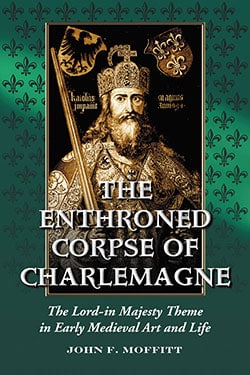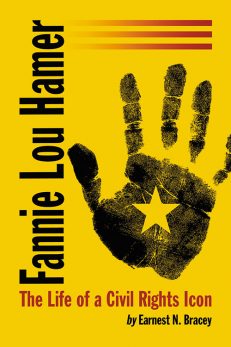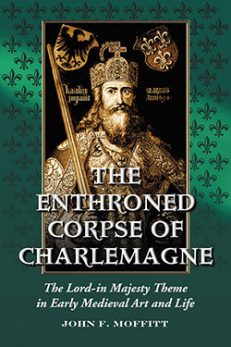The Enthroned Corpse of Charlemagne
The Lord-in-Majesty Theme in Early Medieval Art and Life
Original price was: $39.95.$19.99Current price is: $19.99.
In stock
About the Book
The corpse of Charlemagne was found in the year 1000 by the emperor Otto III, nearly two centuries after it had been hastily interred. All those present marveled at the corpse’s striking appearance, for the revered emperor looked as though he were still living. Fully clothed in ceremonial garb and wearing his imperial crown, Charlemagne was found seated upright on a gilded chair; thus he appeared to the spectators in the then-conventional guise of a Maiestas Domini, or “Lord-in-Majesty.”
This work focuses on a wholly new explanation for the dramatic appearance of Charlemagne’s body by studying various historical traditions and cultural contexts (most largely unexplored by medievalists). The secular sources and applications of the persistent medieval theme of the Maiestas Domini are also explored. Chapters examine such topics as Charlemagne’s legacy and its role in Alfred Rethel’s mural paintings (Karlsfresken); the early medieval “Lord in Majesty” and the example of Saint Foy at Conques; Saint Foy as both an imperial effigy and an apocryphal figure; a study of Charlemagne and Constantine; Roman-Imperial funerary ceremonies with wax “body replicas”; contexts for and the meaning of Charlemagne’s Karlsgrab; and the Carolingian and Ottonian “Lords-in-Majesty.” Numerous illustrations are included.
About the Author(s)
Bibliographic Details
John F. Moffitt
Format: softcover (6 x 9)
Pages: 239
Bibliographic Info: 47 photos, notes, bibliography, index
Copyright Date: 2007
pISBN: 978-0-7864-2767-3
Imprint: McFarland
Table of Contents
List of Illustrations ix
Preface 1
Introduction: Charlemagne’s Legacy and Rethel’s Karlsfresken 5
1. The Early Medieval “Lord in Majesty”: The Example of the Majesté de Sainte Foy at Conques 11
2. Sainte Foy as an Imperial Effigy and as an Apocryphal Figure 31
3. An Imperial Symbiosis: Charlemagne and Constantine 54
4. Contexts and Meaning of Charlemagne’s Karlsgrab 80
5. Cadaver or Artwork? The Historical Contexts for
Charlemagne’s “Incorruptible Corpse” 119
6. The Ideology Behind the Carolingian and Ottonian
“Lords-in-Majesty” 150
7. Conclusion: Charlemagne’s Afterlife as an Artwork 180
Chapter Notes 193
Bibliography 213
Index 223
Book Reviews & Awards
“well-produced book, containing plenty of well-chosen images”—Medieval Institute Publications.





